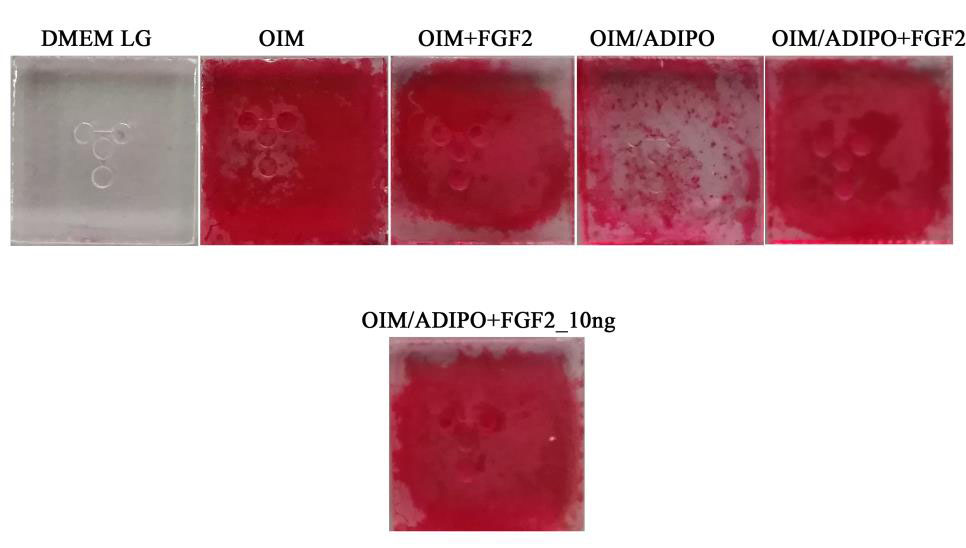Musculoskeletal disorders affect 1 in 7 people and fractures alone affect 1 in 50 people annually while 10% of bone injuries fail to heal. Our present proposal aims to test for the first time the potential of fibroblast growth factor-2 (FGF2), to be administered as a stimulatory drug to enhance bone regeneration.
Musculoskeletal disorders affect 1 in 7 people and fractures alone affect 1 in 50 people annually while 10% of bone injuries fail to heal. Our present proposal aims to test for the first time the potential of fibroblast growth factor-2 (FGF2), to be administered as a stimulatory drug to enhance bone regeneration.
Our interdisciplinary approach includes identifying potential positive effect of FGF2 on osteogenic differentiation in an osteo-adipo-inductive environment and screening of specific dosage and temporal administration protocols by using a microfluidic device to control drug perfusion frequency. The innovation of the microfluidic chip will consist of the proposed design and fabrication of channel configuration onto glass surfaces. The developed chip will be connected to a pressure-based flow controller in order to achieve a fluid flow through the micro-channels.
The main deliverables of our research and experimental development activities are:
At the end of the project, our laboratory technological development will generate a proposed schema of administration of the investigated drug using a microfluidic-based approach. This can be used in the future as a platform to screen drugs for bone diseases and to study their mechanism of action.
The project μFGF2-bone has three main Objectives as follows:
| Project Leader | Gabriele Chiritoiu, PhD - IBAR |
| Project Supervizer | Petrescu Stefana, PhD - IBAR |
| PhD student | Laura Georgiana Manica - IBAR |
| Head P1 | Sima Felix - INFLPR |
| Researcher | Axente Emanuel - INFLPR |
| Researcher | Jipa Florin - INFLPR |
| PhD Student | Calin Bogdan Stefanita - INFLPR |
| Research Assistant | Stefana Iosub - INFLPR |
The main results of the project leading to the development of an original lab-on-a-chip device are the following:
2017
2018


Our microfluidic-based approach can be used in the future as a platform to screen drugs for bone diseases and to study their mechanism of action. This has a significant impact as a platform of in vitro drug screening that would decrease the need of pre-clinical tests on animals and accelerate development of new therapies.
Articles
Emanuel Axente and Felix Sima, "Biomimetic nanostructures with compositional gradient grown by combinatorial matrix-assisted pulsed laser evaporation for tissue engineering". Current Medicinal Chemistry,2018 -in evaluation
F. Jipa, S. Iosub, B. Calin, E. Axente, F. Sima, K. Sugioka, "High repetition rate UV versus VIS picosecond laser for fabrication of 3D microfluidic channelsembedded in photosensitive glass". Applied Surface Science-2018- to be submitted
Conferences
Photon-assisted synthesis and processing of materials in nano-microscale, Strasbourg, France, 2018, Oral Presentation "3D embedded structures fabrication in photosensitive glasses by high-repetition-rate picosecond laser", Jipa Florin
Laser Ignition Summer School, 2018, Poster "Microfluidic device fabrication in photosensitive glasses by high repetition rate picosecond lasers, Florin Jipa, Stefana Iosub, Emanuel Axente, Bogdan Calin, Koji Sugioka, Felix Sima